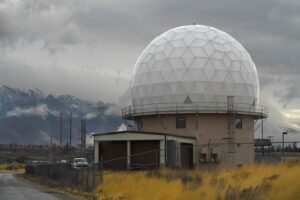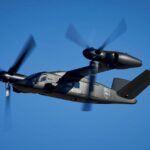
The U.S. Air Force is spending about $6 billion on systems for Arctic security and operations, and the service will likely step up its investment, including the modernization of the North Warning System (NWS), a top Air Force official said on July 27. "Our latest estimates are that we're spending a pretty decent amount, certainly out of the Department of the Air Force's budget on things that are clearly related to Arctic security/Arctic operations, and that number is in the…














